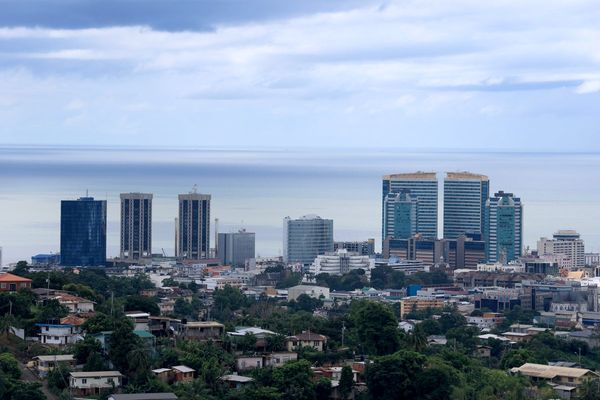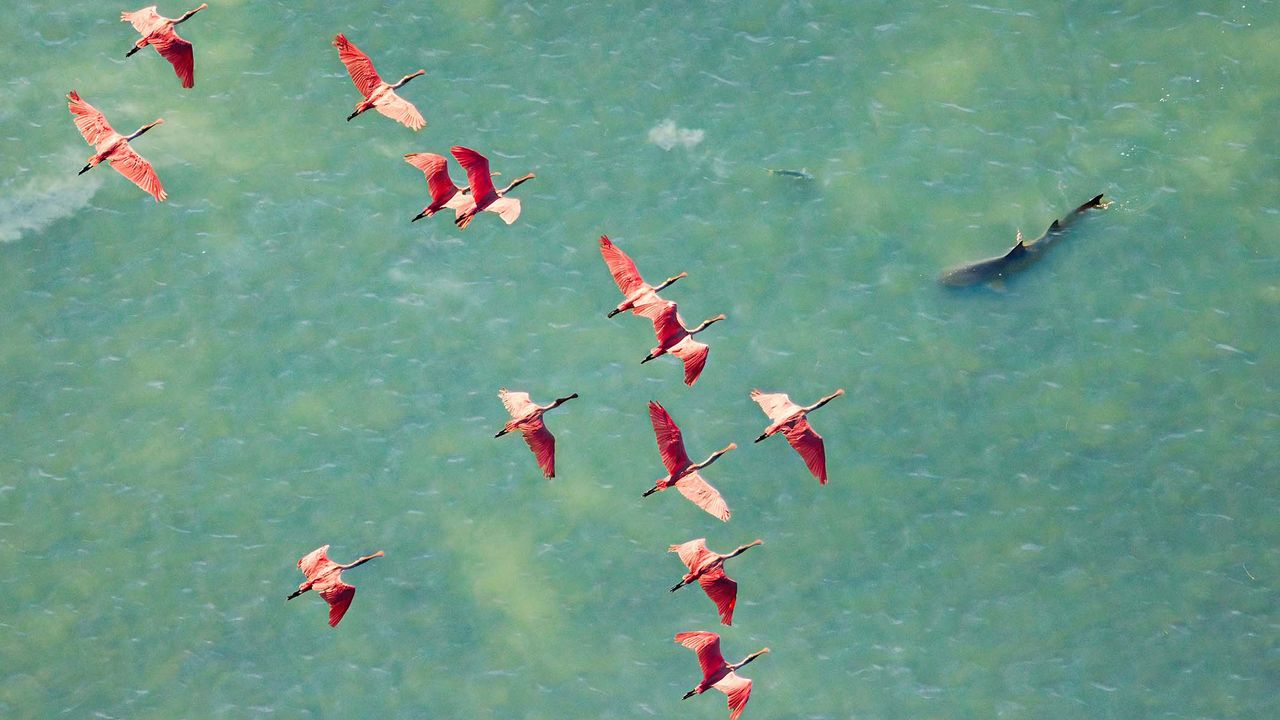
As the International Day for the Conservation of the Mangrove Ecosystem approaches, the Mangrove Action Project (MAP) has announced the winners of the 2025 Mangrove Photography Awards. This annual global competition uses the power of photography to raise awareness, inspire action, and connect people to one of the planet's most vital – and overlooked – ecosystems.
The winning images visualize urgent action. They explore the relationships between people, wildlife, and mangroves, highlighting the fragile balance of life in these coastal forests. Despite global restoration efforts, mangroves are disappearing. Half of the world's mangrove ecosystems could collapse by 2025, threatened by deforestation, urban development, aquaculture, and climate change.
The aerial shot, Bird's Eye View of the Hunt, earned Mark Ian Cook the title Mangrove Photographer of the Year. The image shows spoonbills flying across the Everglades – one of the last remaining flocks in a region where rising sea levels now threaten their survival.
Leo Thom, MAP’s Creative Director and founder of the awards, says, “By intriguing people about the important role mangroves play in everyone's lives, we want to instill an emotional and deeper connection for people to take action.”
Let's explore the stories and messages behind some of the winning images. To discover more of the awarded works, visit the Mangrove Action Project's website.
Threats
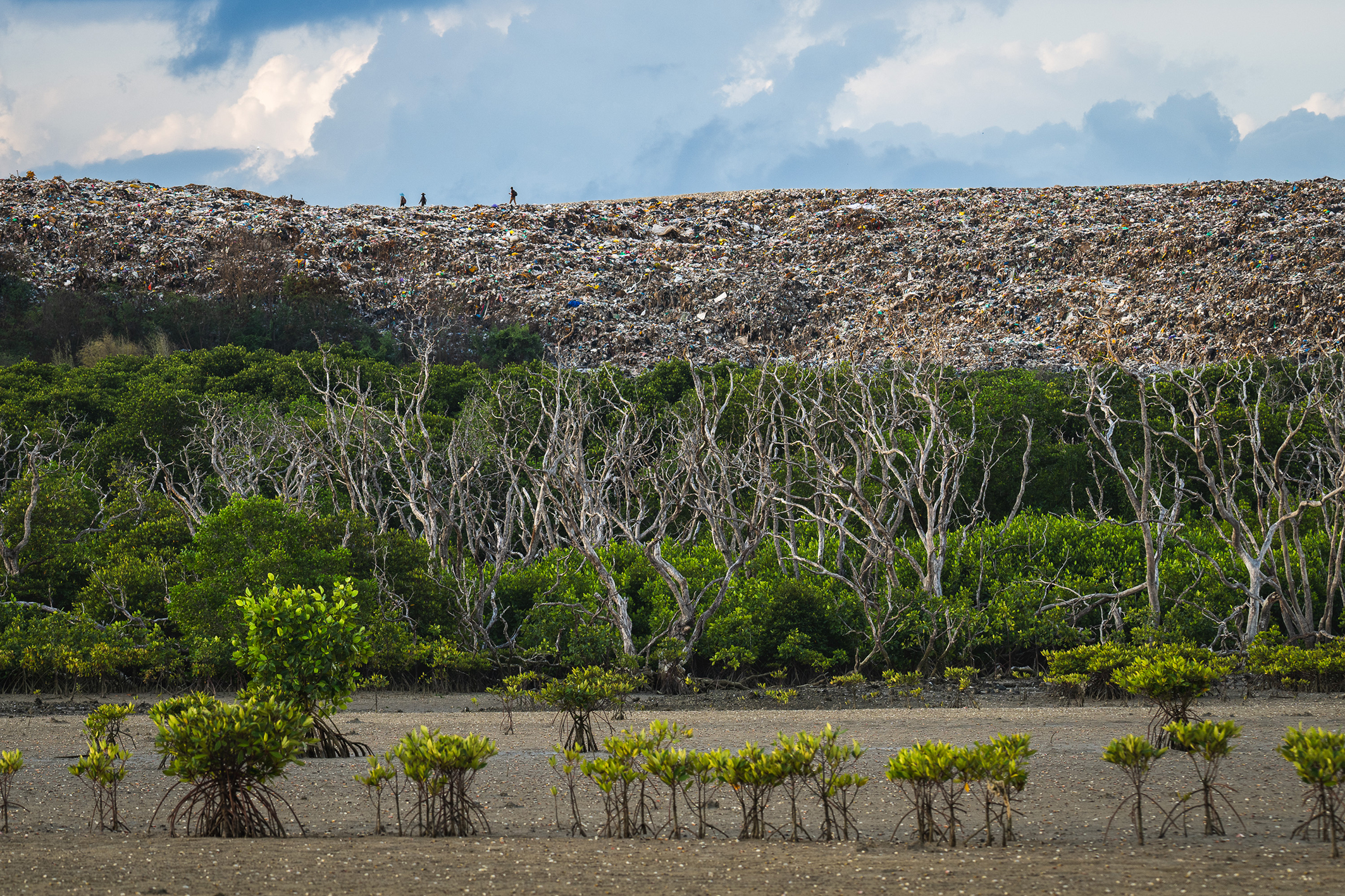
Winner
Paradise Buried by Tom Quinney, Indonesia, Southeast Asia
Tom shot this image using a Nikon Z8 paired with a 180-600mm telephoto lens to compress the layers he saw. Tom shares, "Not far from Bali’s airport and tourist beaches, I came across this mountain of waste towering behind one of the island’s struggling mangrove forests.
"Young shoots rise while dead trunks mark where others failed. The scene is a quiet warning—of resilience under threat and of what lies just out of frame in paradise. I took this photo to show the uneasy edge where mass tourism, urban waste, and vital ecosystems collide."
Landscape
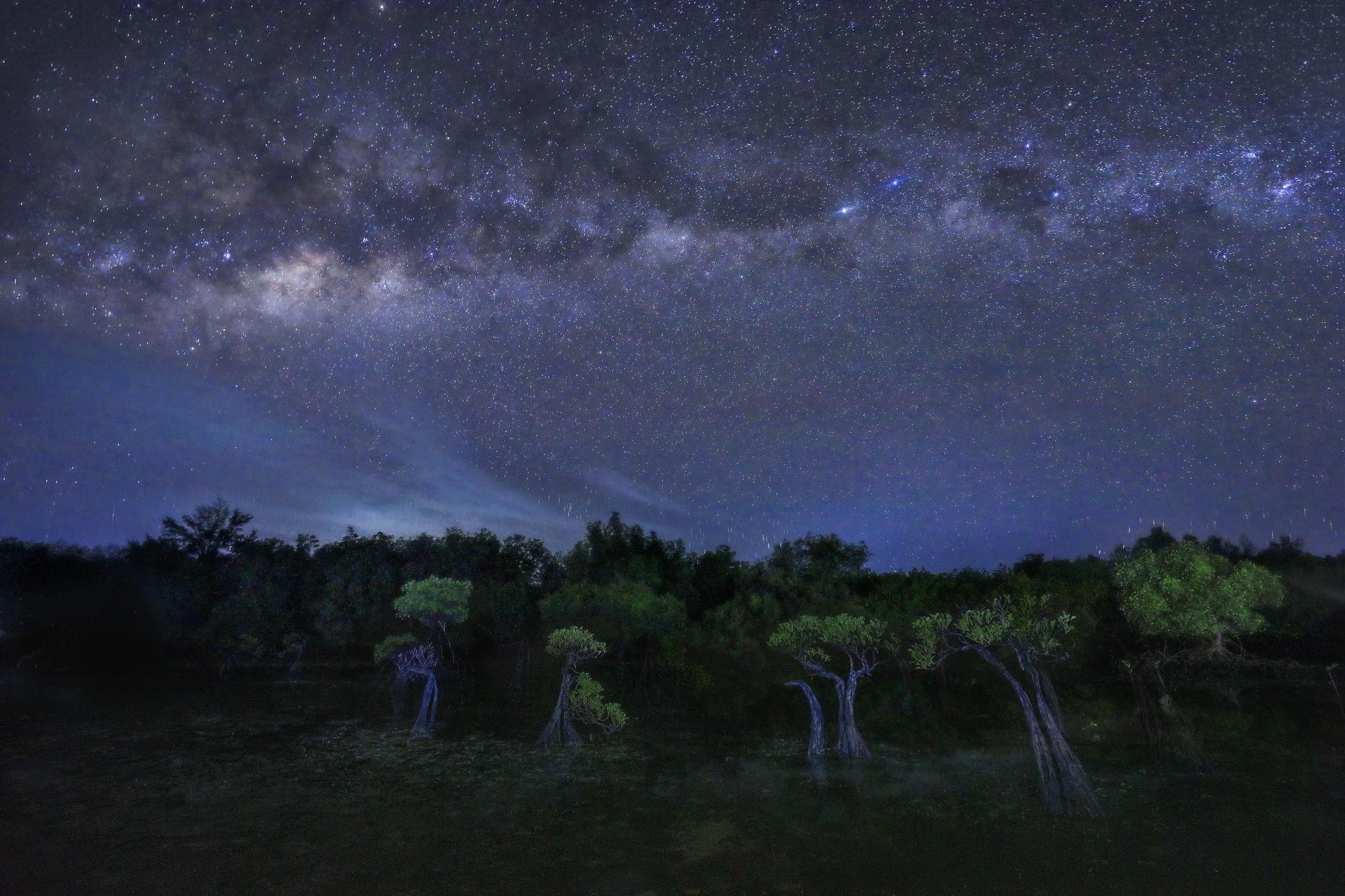
Winner, Category: On the Ground
Mangrove Under the Milky Way by Gwi Bin Lim, Indonesia, Southeast Asia
"This is Walakiri Beach. Not long after sunset, a breathtaking view of the Milky Way unfolded overhead. It's pristine where you can experience the spectacular night sky in all its glory."
People
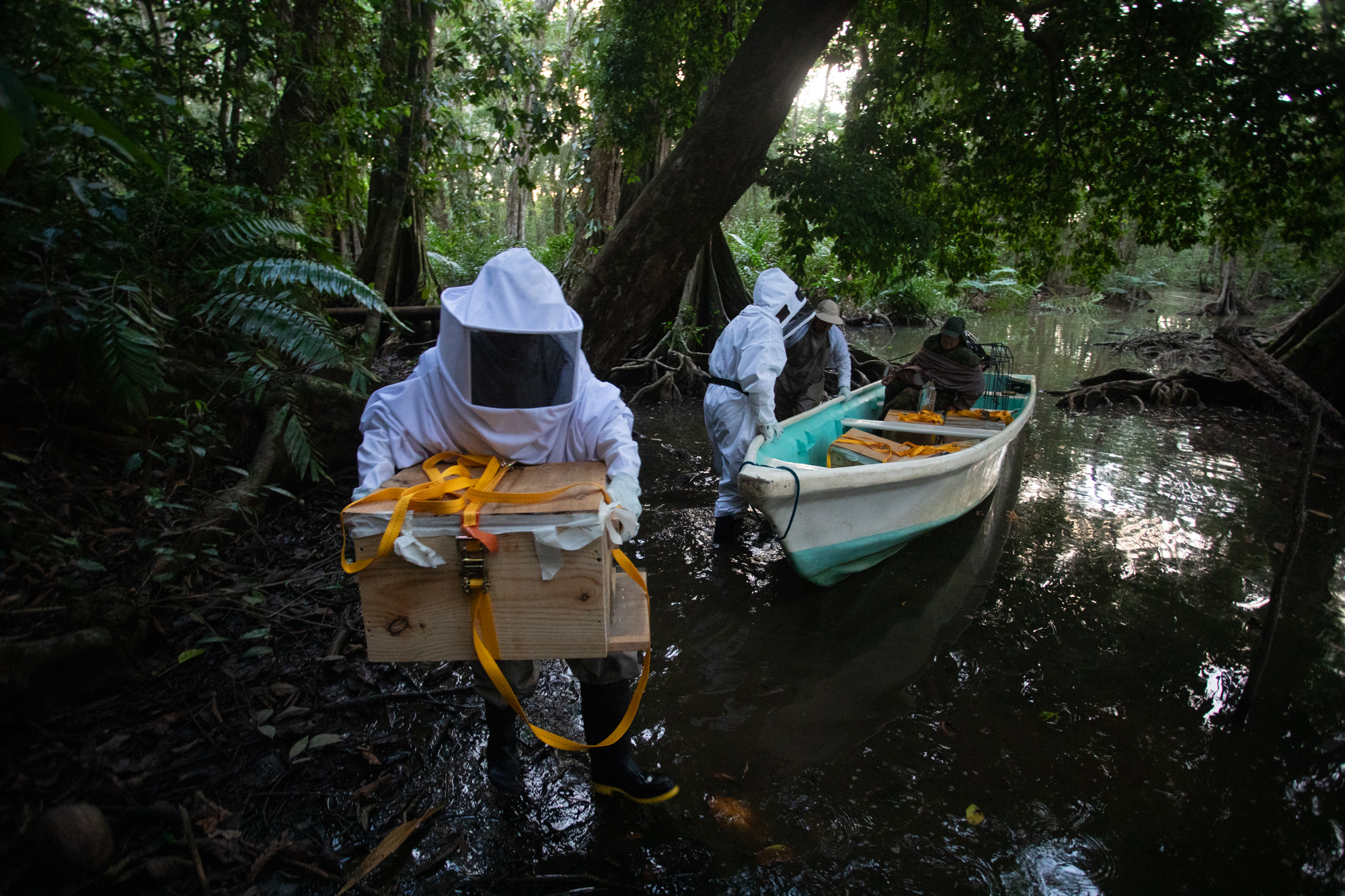
Winner, Category: People, Conservation and Restoration
Mangrove Honey Bees Make Land by Ian Rock, Costa Rica, Central America
Ian captured the Terraba-Sierpe National Wetland, the largest mangrove forest in Costa Rica. He explains, "For the local communities that live in this wetland, one of the poorest regions in Costa Rica, their primary source of income comes from fishing. Sadly fish and clam populations are declining from overfishing, loss of habitat, and climate change putting economic pressure on the communities.
"The community members are working with a Costa Rican branding agency to develop their Mangrove Honey brand. Eventually the honey will be available commercially, first in the local lodges and shops of the Osa Peninsula and then further around Costa Rica. The honey is delicious and unique, with a distinct salty sweet flavor.
"Ideally in the future, this project has ripple effects, creating even more opportunities for a community with limited options, opportunities that are dependent on a prospering mangrove ecosystem rather than an over-harvested one. A resilient people and a resilient ecosystem."
Underwater
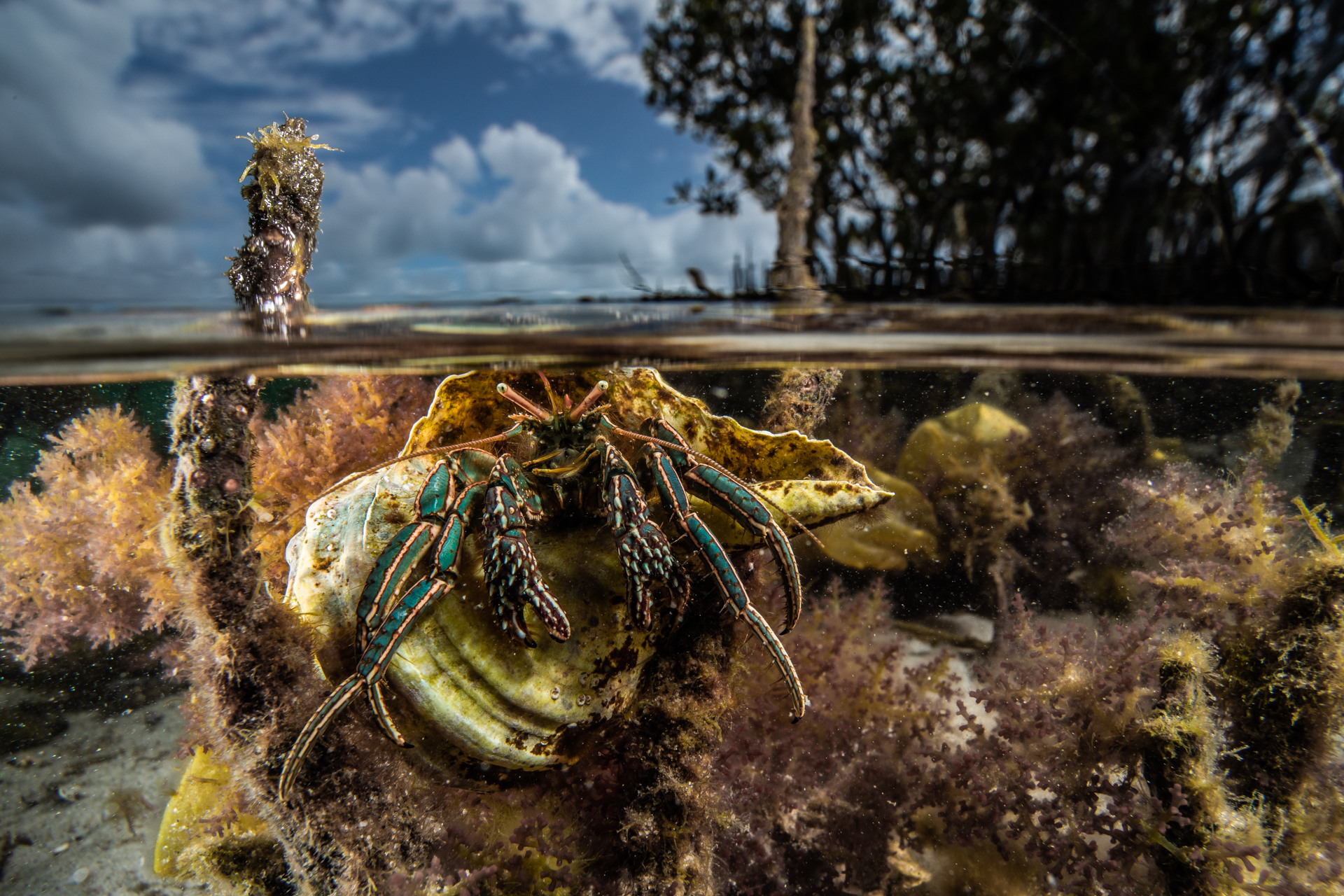
Winner
Low tide on hermit crab island by Alex Pike, Australia, Australia and Oceania
Alex shares, "While Clibanarius taeniatus is one of Australia's more common hermit crab species, very little is known about it and I'm not sure it even has a common name.
"A study from 2003 found that its presence in large numbers generally indicates an environment that experiences higher freshwater flow than other marine intertidal regions. This is certainly true of the mangrove island I found at the entrance of Lake Macquarie which was absolutely teeming with these creatures. I visited this island at both low and high tides, and at low tide there were literally thousands of C.taeniatus feeding within the matrix of mangrove roots."
Young Photographer
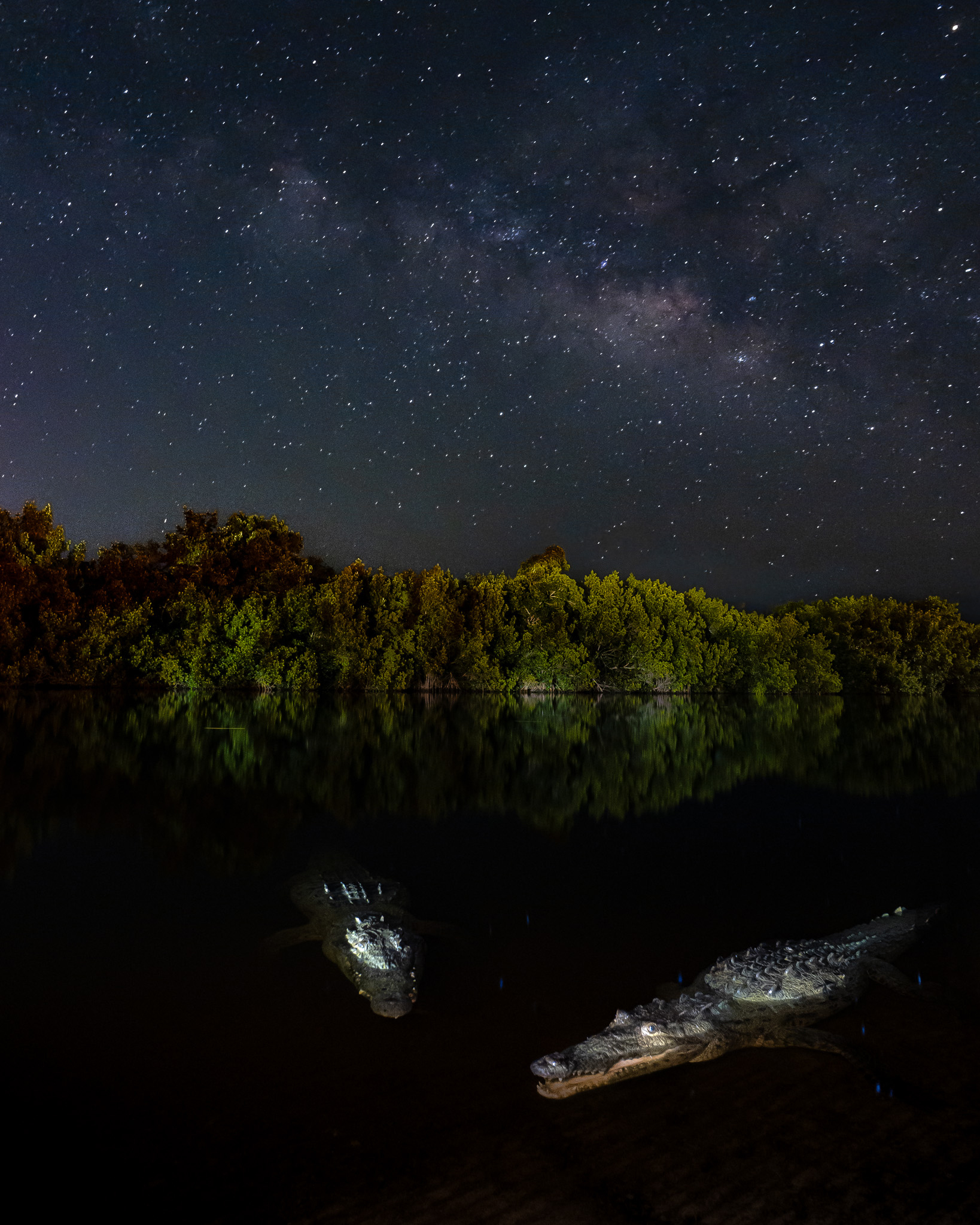
Winner
Crocodile Galaxy by Nicholas Hess, United States, North America
Nicholas explains that he oped to capture the shot for the past 4 years living in Florida. "Never whilst visiting this site did I get the chance before. But this day the stars literally aligned. At 2 AM, the Milky Way rose behind not one, but two crocodiles conducting some courting behavior.
"Seeing my opportunity I set up my tripod to utilize a long exposure to capture the Milky Way in my image. I then used a flash to freeze the crocodile’s subtle movement. After perfecting my settings, I shot a few images as the female appeared to circle the male and below. This one turned out to be my favorite."
You might like...
If you are into aerial photography, you might want to check our guide to the best drones for aerial photography and video, along with the best cheap drones and best drones for beginners.


